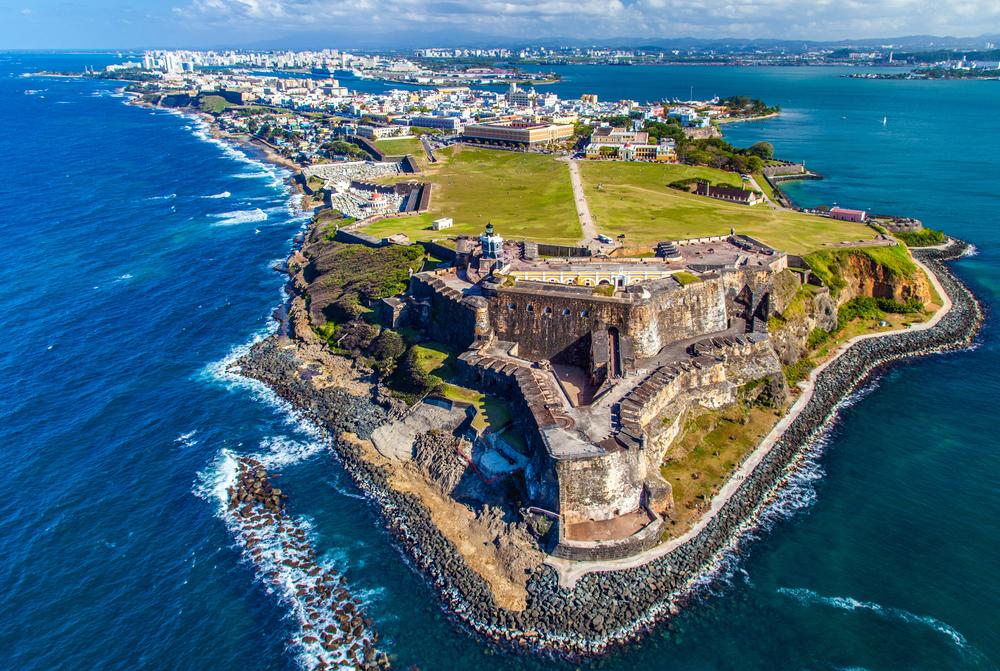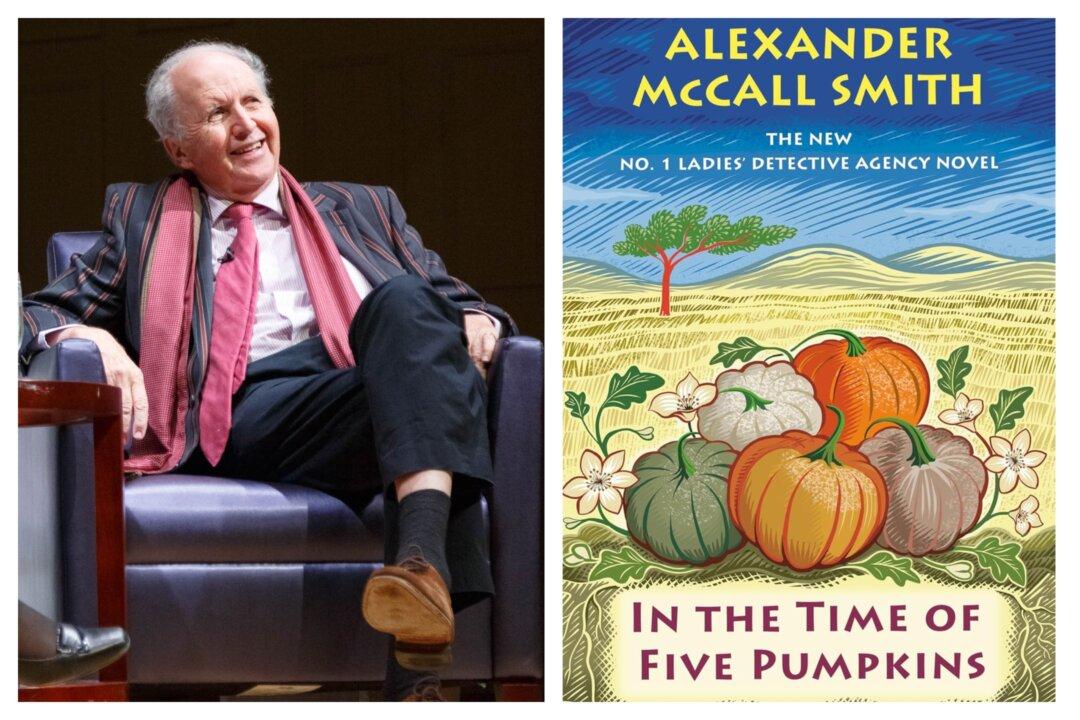Sunshine on our skin is said to increase serotonin, a neurotransmitter that naturally boosts our mood. As America experiences sub-zero temperatures, Puerto Rico may provide that much-needed break from the ice and snow.
A U.S. territory located around 1,000 miles southeast of Florida, it is also a popular port-of-call for cruise ships, as it is sandwiched between the Atlantic Ocean to the north and the Caribbean Sea to the south. Its name means “rich port” for good reason. By air, most major cities’ airports offer direct flights to Puerto Rico’s Luis Muñoz Marin Airport, just three miles southeast of the capital, San Juan. Americans need not show a passport nor a visa to enter Puerto Rico, making it one of the more convenient places to visit. If you are making plans to travel to the commonwealth, here are some places worth visiting in the northern part of the territory.





